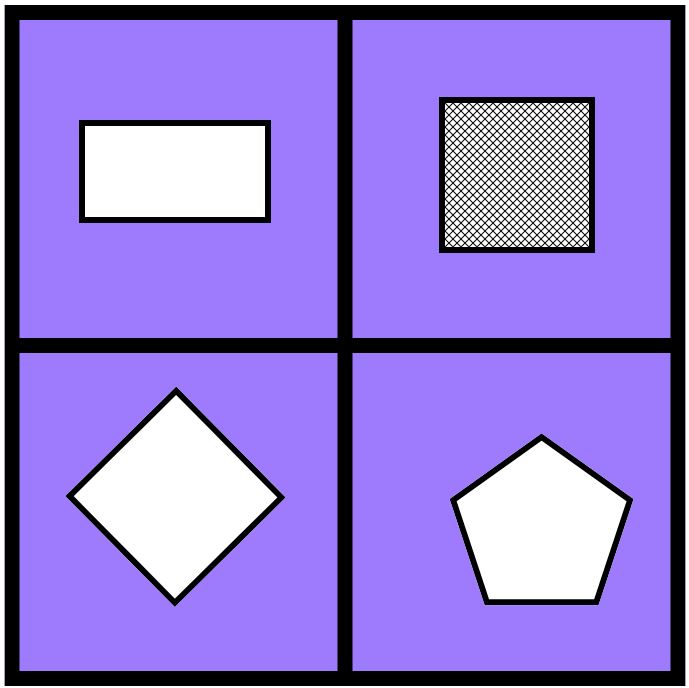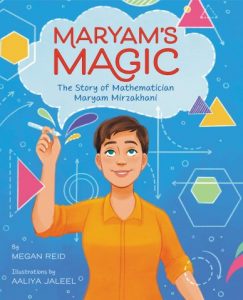Asking students to consider “Which One Doesn’t Belong” offers students a variety of opportunities to use mathematical reasoning. The best part? There are multiple answers!

a blog for Burnaby teachers
Asking students to consider “Which One Doesn’t Belong” offers students a variety of opportunities to use mathematical reasoning. The best part? There are multiple answers!
“Numeracy, at its heart, is using mathematical relationships to reason with numbers and numerical concepts.” – Pam Harris
According to Harris, Numeracy consists of Accuracy, Flexibility, Algorithms, Speed, Mental, Efficiency, and Creativity Sophistication, Cleverness and Elegance. She suggests using a math warm up daily to get kids to begin to understand these mathematical relationships. The example in the photo is of a Number String. She suggests prompting the students with these questions one at a time in this order to help them begin to understand the “Addition Over” strategy.
Looking for ways to build up and showcase female voices in mathematics with your class? Maryam Mirzakhani is worth celebrating and uplifting! She was the first woman to win the Field’s Medal (the highest honour in mathematics) . Here is some biographical information about her as well as some lesson ideas you could use in your class.
Maryam Mirzakhani (1977-2017)
Maryam was an Iranian mathematician and professor of Mathematics at Stanford University. Her research topics included Teichmüller theory, hyperbolic geometry, ergodic theory, and symplectic geometry. In 2005, as a result of her research, she was honored in Popular Science’s fourth annual “Brilliant 10” in which she was acknowledged as one of the top 10 young minds who have pushed their fields in innovative directions.
On August 13, 2014, she was the first woman to win the Fields Medal, the most prestigious award in mathematics.
She unfortunately died of breast cancer at the age of 40 on July 14, 2017.
Videos on Maryam Mirzahani:
CNN’s video outlining her life accomplishments in math with particular focus on the barriers she broke for women in mathematics:
Bow Valley College’s Tribute to Miriam offers students a way to think about the beauty that can be found in math and the importance of finding their own way into their passions:
https://www.youtube.com/watch?v=58dEudf3zIo
Lesson Ideas:
Math Through Art/Drawing:
“The Process of Drawing somehow helps you stay connected to mathematics” -M. Mirzikhani
The Beauty of Math: A Guided Inquiry:
“You have to spend some energy and effort to see the beauty of math” -M. Mirzakhani
Numeracy: Using Infographics to Explore Data Regarding Gender and Mathematics:
https://elearninginfographics.com/female-math-pioneers/
What kind of data can you infer from this? How can you make sense of this graph? What does this tell you about women in math? What do you think accounts for this discrepancy?